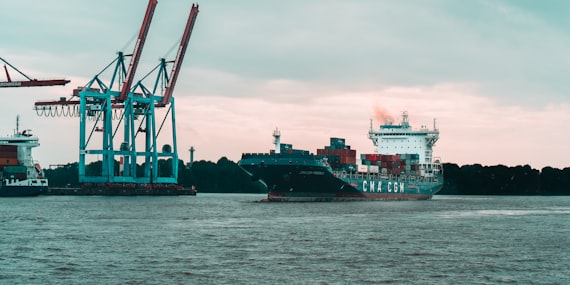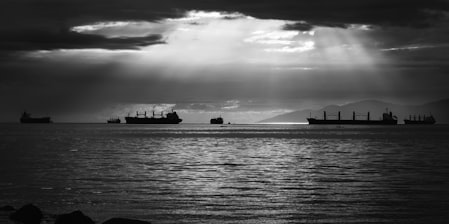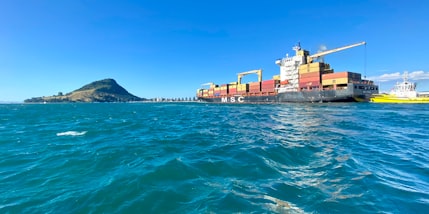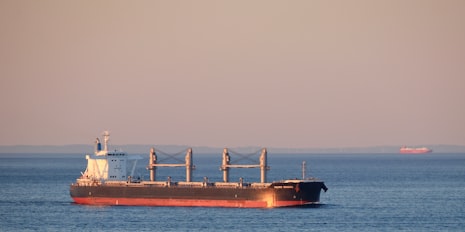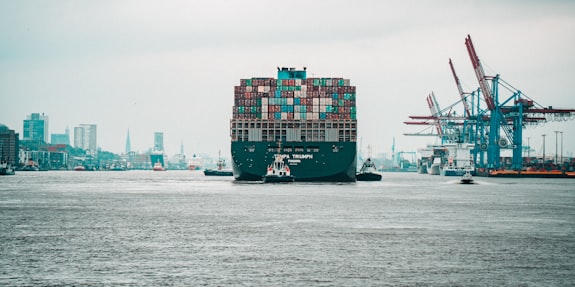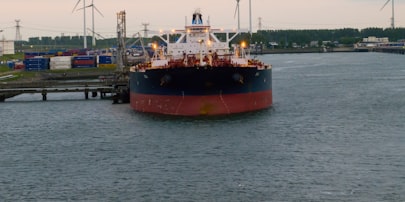
In the commercial shipping industry, there is a deluge of data. When a cargo vessel goes from point A to point B, multiple data volumes are endlessly generated, ranging from vessel parameters to route conditions to cargo statuses.
Vessel parameters include information such as speeds, heading, fuel consumption and efficiency, engine performance, stability data, working of cargo equipment and machinery (if any), onboard power consumption, and so on.
Route conditions essentially mean weather data...
https://www.marineinsight.com/marine-navigation/voyage-management-system/
